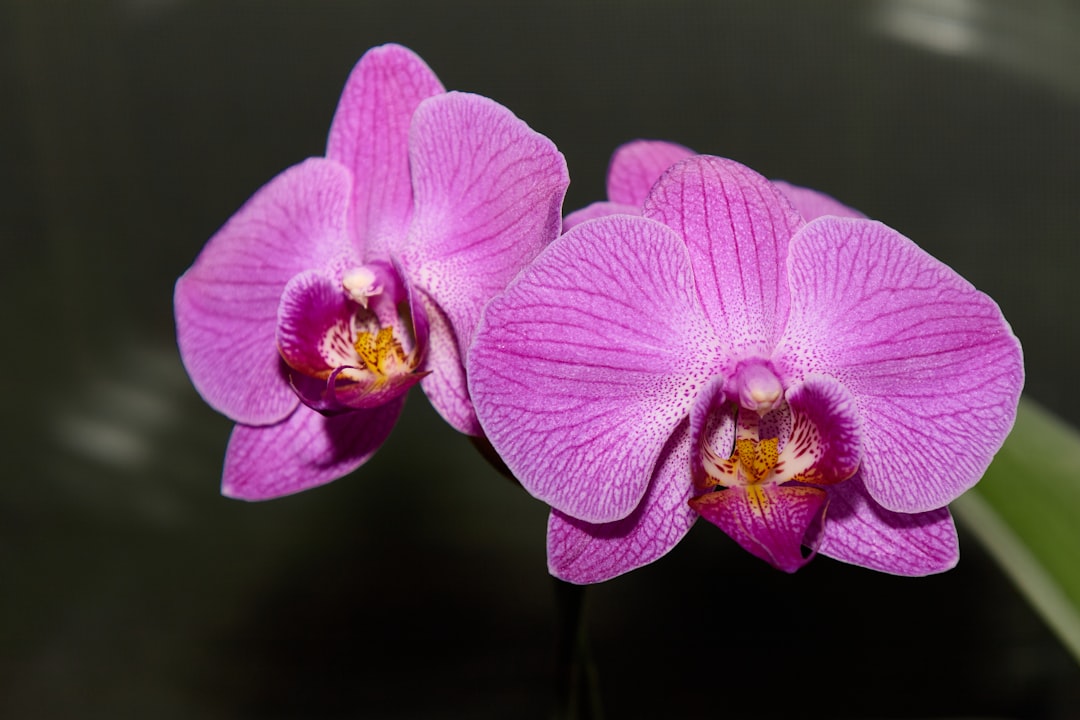Unveiling the Future of Gardening: DIY Hydroponic Gardens

In the realm of gardening, the traditional soil - based approach has long been the norm. However, a revolutionary concept is emerging on the horizon: hydroponic gardening. This method, which involves growing plants without soil, is not only a space - saver but also has the potential to significantly increase crop yields. So, is a hydroponic garden truly the future of gardening? Let's delve deeper into this fascinating topic and learn how you can build your own hydroponic garden.
First and foremost, let's understand what hydroponics is all about. Hydroponic gardening is a system where plants are grown in a nutrient - rich water solution instead of soil. The roots of the plants are directly exposed to the water, which provides them with all the essential minerals and nutrients they need to grow. This method eliminates the need for large plots of land, making it an ideal choice for urban dwellers or those with limited gardening space.
One of the most significant advantages of hydroponic gardening is the ability to control the growing environment. In a traditional garden, factors such as soil quality, weather conditions, and pests can greatly affect the growth of plants. With hydroponics, you can regulate the temperature, light, and nutrient levels precisely. This control allows for year - round cultivation, regardless of the external climate. For example, you can grow fresh vegetables in the middle of winter, which is almost impossible in a conventional garden.
Another benefit is the increased crop yield. Since plants in a hydroponic system have direct access to nutrients, they can grow faster and produce more fruits and vegetables compared to soil - grown plants. The roots don't have to search for nutrients in the soil, which means they can focus their energy on growth and development. Studies have shown that hydroponic gardens can produce up to 30% more crops than traditional gardens.
Now, let's talk about building your own hydroponic garden. There are several types of hydroponic systems you can choose from, such as the deep water culture system, the nutrient film technique, and the ebb and flow system. The deep water culture system is the simplest and most beginner - friendly. All you need is a container, an air pump, an air stone, and a net pot.
To set up a deep water culture system, start by filling a container with water. Then, add a hydroponic nutrient solution to the water according to the manufacturer's instructions. Next, place the air stone at the bottom of the container and connect it to the air pump. The air pump will oxygenate the water, which is crucial for the health of the plant roots. Now, place your plant in a net pot filled with a growing medium like perlite or coconut coir. Finally, suspend the net pot in the container so that the roots are submerged in the nutrient - rich water.
The nutrient film technique is another popular option. In this system, a thin film of nutrient - rich water flows continuously over the roots of the plants. This system requires a bit more equipment, such as a pump, a channel, and a reservoir. The ebb and flow system, on the other hand, floods the growing tray with nutrient solution at regular intervals and then drains it back into the reservoir.
When choosing plants for your hydroponic garden, you have a wide variety of options. Leafy greens like lettuce, spinach, and kale are excellent choices as they grow quickly and don't require a lot of space. Herbs such as basil, mint, and parsley also thrive in hydroponic systems. You can even grow tomatoes, cucumbers, and peppers, although they may require a more advanced system and more care.
In conclusion, a hydroponic garden has the potential to be the future of gardening. It offers numerous benefits, including space - saving, increased crop yield, and year - round cultivation. By building your own hydroponic garden, you can enjoy fresh, home - grown produce regardless of your living situation. So, why not give it a try and embrace the future of gardening today?